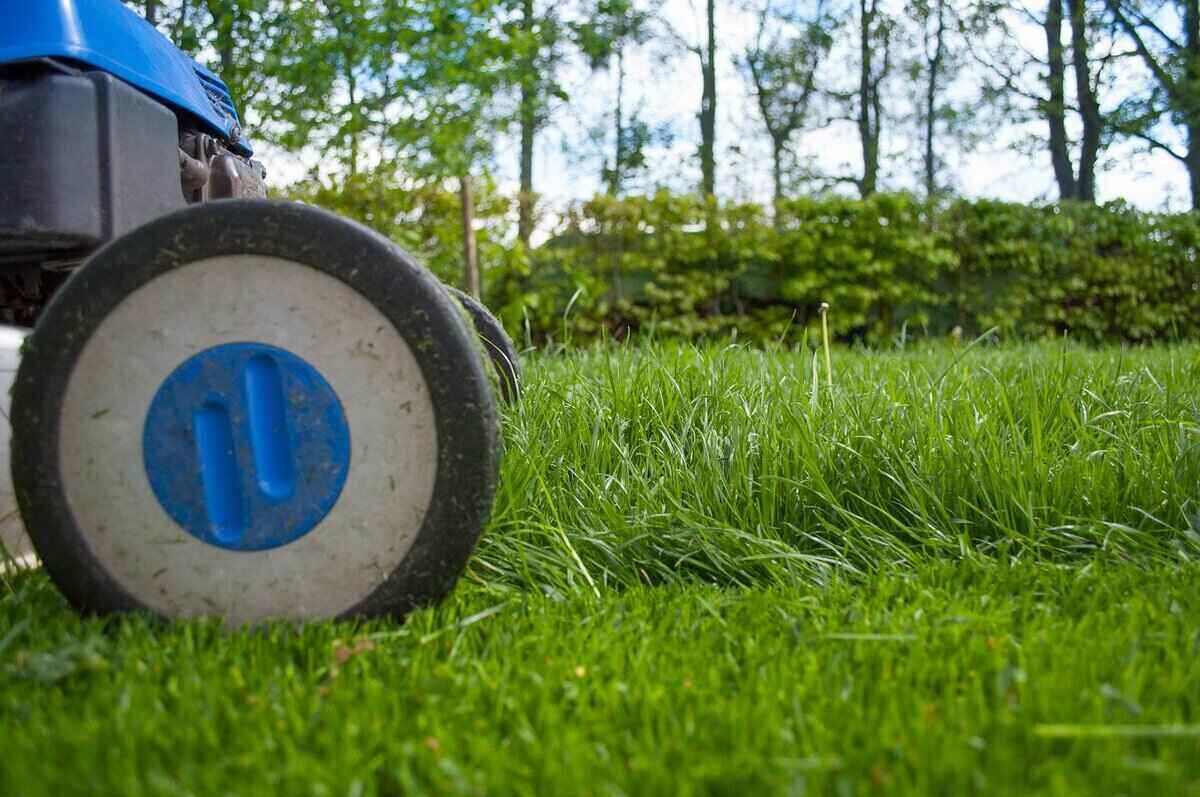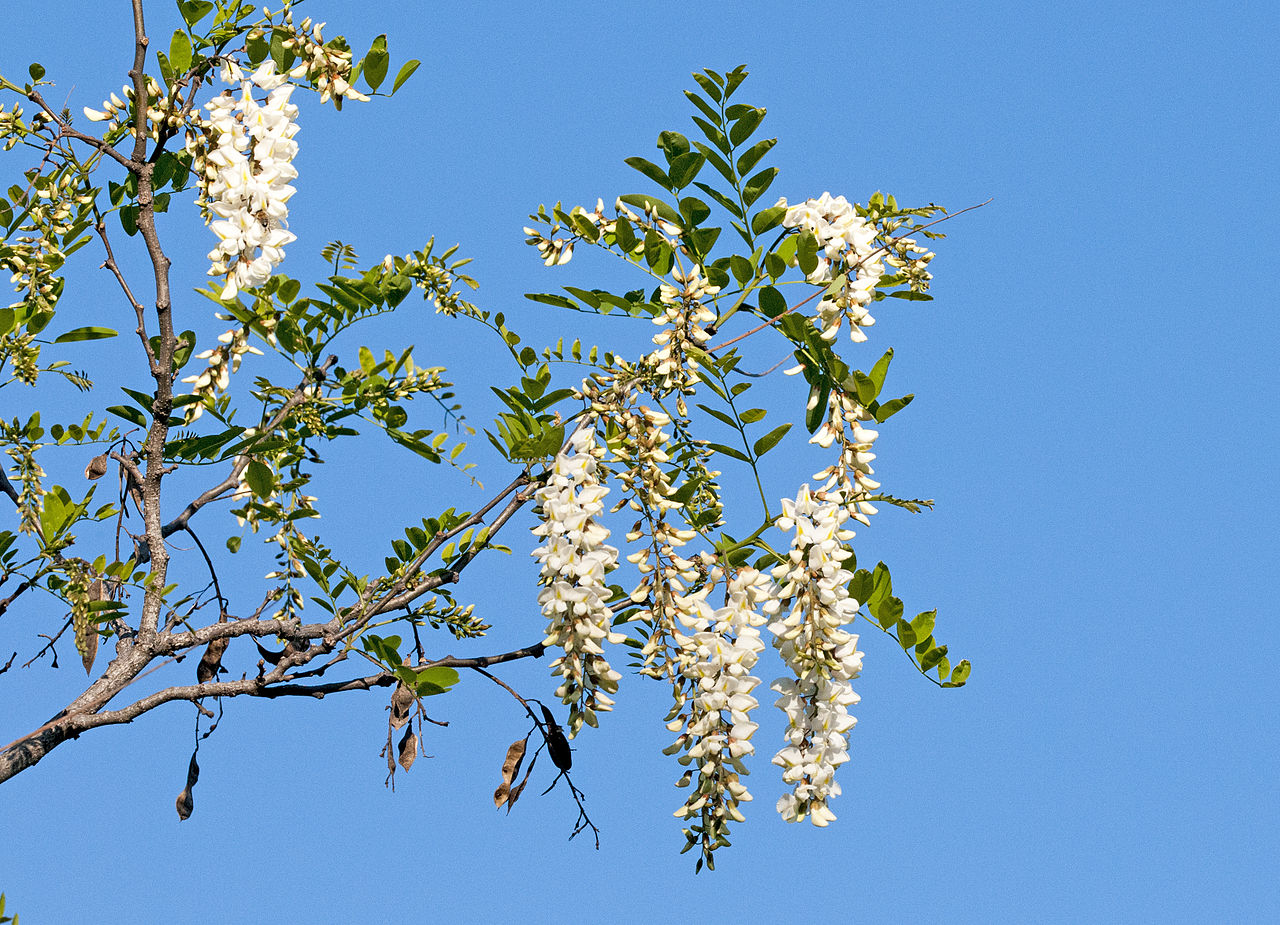
Eager gardeners in Cincinnati, OH, may be ready to get their hands dirty and put a new tree in the soil. But picking the wrong one can lead to major problems such as upended sidewalks or a storm-ravaged tree. To ensure you don’t find yourself in a sticky situation, here are the five worst trees to plant in Cincinnati, OH.
On this page:
- The 5 Worst Trees to Plant in Cincinnati
- Cincinnati Soil and Climate
- Picking the Right Trees
- Professional Tree Care Services Cincinnati, OH
- Tree Benefits and Fall Releaf Program
- FAQ
The 5 Worst Trees to Plant in Cincinnati
Unfortunately, the weather isn’t always kind to the Queen City. With frequent storms and climate change issues, picking the right trees to plant is crucial. According to Crystal Courtney of the Cincinnati Park Board, one way to help with climate change is to plant more trees, especially ones that are native to the area.
However, some trees should never be in Cincinnati. That’s why you should always do your research before planting a tree in the city and avoid the following trees at all costs:
1. Callery (Bradford) Pear (Pyrus calleryana)
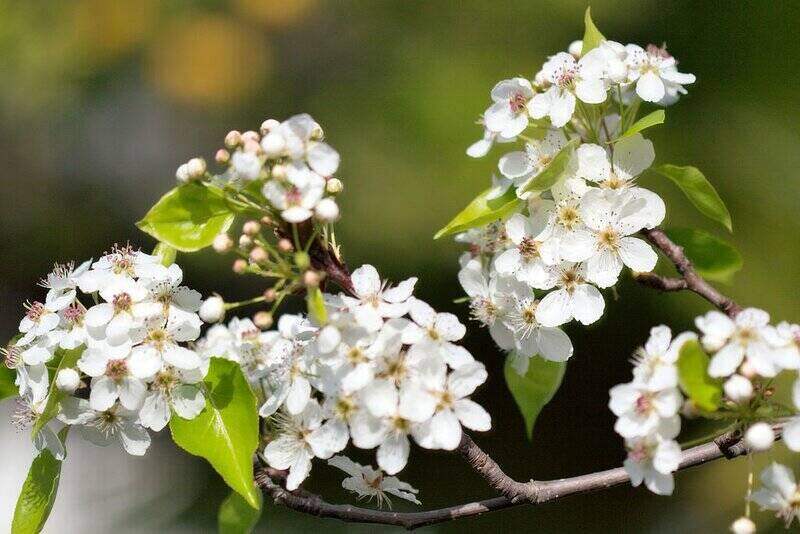
Since the early 1900s, the Callery pear tree has been a famous ornamental tree in the Cincinnati area. The pear is known for its beautiful white spring flowers, but once it reaches maturity, the tree shape becomes top-heavy, and the branches are prone to breaking or splitting in storms.
In 2023, the Ohio Department of Agriculture banned the selling, growing, or planting of this particular species. So if you’re thinking about planting a Callery pear in the city, don’t – you could get a hefty fine for breaking the law. Why? It’s classified as an invasive species and reproduces incredibly rapidly, wreaking havoc everywhere.
Cons:
- Top-heavy, prone to snapping in storms
- Invasive and reproduces rapidly
- Banned in Ohio
2. Siberian Elm (Ulmus pumila)
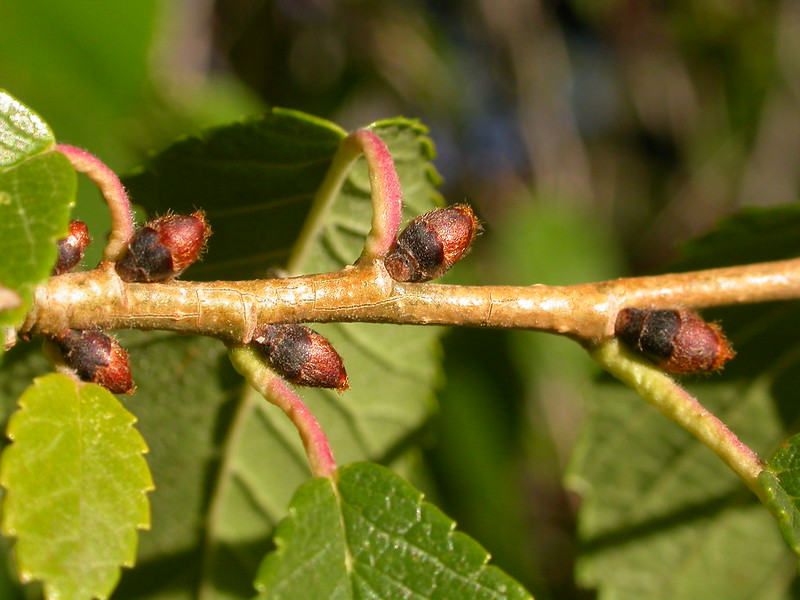
Don’t be fooled by how quickly the Siberian elm seems to grow. This tree may be native to Siberia, located on the same latitude line as Cincinnati, but that doesn’t mean it’ll be able to survive here.
Native trees in Siberia have natural pathogens and bacteria that keep them in check, while the Cincinnati climate might not be able to provide the same natural controls. This tree is especially troublesome because it’s constantly shedding branches and splitting up over time, making it a major safety hazard that could damage your property.
That being said, it does have a unique bark texture which can be appealing, and it offers bright yellow leaves in the fall. Overall, while Siberian elms can look attractive, planting one of these in your backyard is definitely not worth the risk.
Cons of Siberian elm:
- Weak, brittle branches
- Voracious appetite for water
- Quickly out-competes native species
3. Tree of Heaven (Ailanthus altissima)
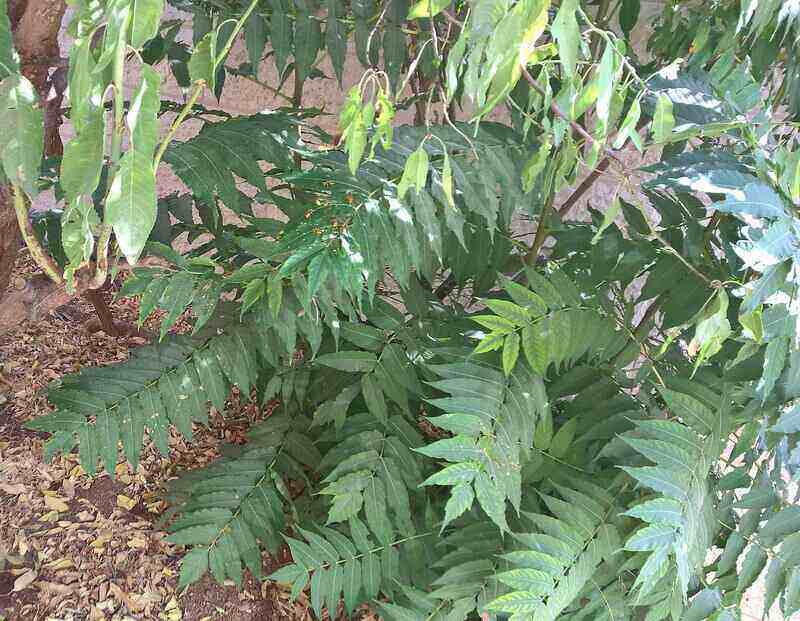
The tree of heaven wasn’t named for its beauty but for its unique ability to reach the heavens in a matter of a few years. Not only that, but it can also tolerate the worst conditions, making it a common sight in urban areas. Its popularity, however, has resulted in overgrowth and the spread of this invasive species.
The tree of heaven is especially known for shooting off branches quickly and having large, stinky leaves that can give off a rotten peanut-butterish aroma. And even though it might be appealing as a shade tree, it’s probably best to avoid it because of its messy overgrowth, stinky leaves, and potential for problems. Most likely, you won’t even find it in a local nursery.
In conclusion, it’s safe to say that the tree of heaven is best left in its native environment and not in the gardens or backyards of Cincinnati.
Tree of heaven cons:
- Can grow too big
- May suffer from Verticillium wilt, especially in wet springtime
- Invasive species that can suppress the growth of native trees
- Produces a toxin in its bark and leaves
4. Black Locust (Robinia pseudoacacia)
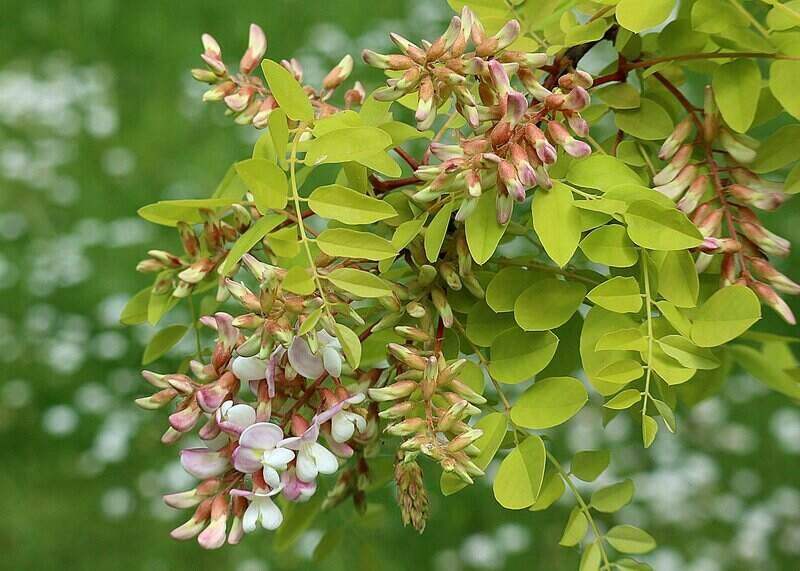
You may have heard of the black locust, as it has been frequently planted throughout the Midwest and has worn out its welcome among tree experts. These trees are valued for their low maintenance and quick-growing abilities, but that’s where the benefits end. The issue often lies in the roots of the black locust.
Once fully grown, black locust roots can lift sidewalks and infiltrate underground pipes. In Cincinnati alone, it’s estimated that around 800 trees are taken down due to hazardous growth or construction needs, according to Crystal Courtney of the Cincinnati Park Board. Black locusts contribute to this high number.
You should especially avoid black locusts if you live in close proximity to other homes or have any sort of sewer system near your property. In the end, planting a black locust isn’t worth the trouble.
Black locust cons:
- Shallow roots, making it vulnerable to uprooting
- Susceptible to diseases and pests
- Prickly branches make it unwelcoming
- Can form colonies and encroach on native plants
5. Silver Maple (Acer saccharinum)
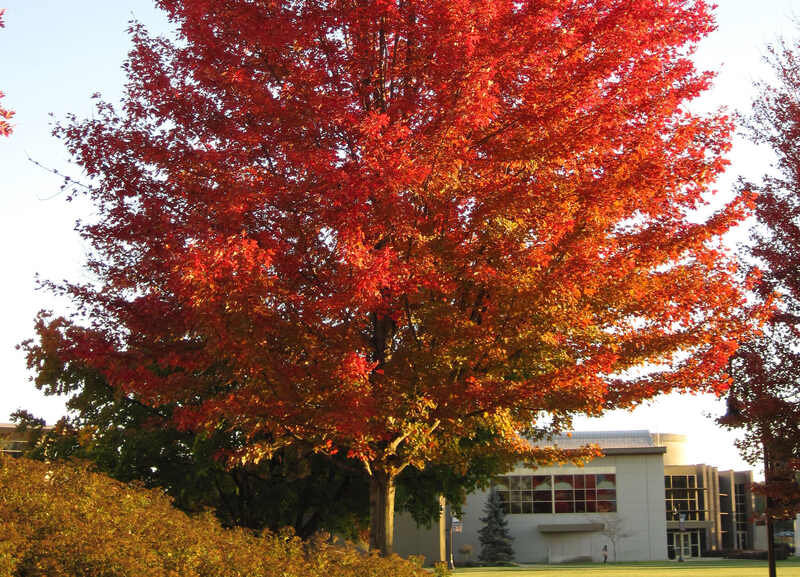
Silver maple, aka water maple, is another common sight in the city and can survive most conditions. Though its fall colors and shading tree canopy may be appealing, severe cavity rot may happen once the tree grows over 50 feet tall. That means if your silver maple gets a wound, it won’t heal and becomes much more vulnerable to decay.
Plus, it won’t take much for this big tree and its strong roots to cause plumbing or hardscaping problems. So, while it may be a tough tree and can manage to grow beside a sidewalk, the risk of cavity rot and structural damage is something to consider before planting it.
That’s why some people tend to stay away from silver maples. In the long run, while they aren’t technically considered invasive, they can still become a nuisance that isn’t worth the trouble.
Silver maple cons:
- Brittle and prone to storm damage
- Tends to send up surface roots
- Pests and diseases can destroy the foliage
- Rapid growth can easily reach beyond its intended size
- Prone to severe cavity root
Cincinnati Soil and Climate
If you’re looking to plant a tree in the Cincinnati area, start by understanding the local climate and soil composition. The climate here is a three-season growing zone with an average last frost sometime in mid-May and the first frost usually coming in late October. The city falls in USDA Hardiness Zone 6, trudging out a minimum temperature range of -10 to -5°F.
The Queen City is a temperate location with a humid continental climate. From heavy spring storms to brutal summer heat, Cincinnati has to endure a variety of weather patterns that vary depending on the season.
The soil in the area is mainly acidic, with limestone-loving trees typically dominating the area. A soil test is recommended to determine the pH levels and the overall fertility of the soil in your yard before planting.
Pro tip: Make sure your tree is native to the region, as it will have a much better chance of surviving tough weather. The most popular native Ohio trees to grow include:
- American Chestnut
- Black Oak
- Hackberry
Picking the Right Trees
Hapless gardeners may want to plant fast-growing and flashy trees, but those may not be a great fit for the Ohio area. With that said, local arborist Crystal Courtney of the Cincinnati Park Board recommends taking a moment to think about which tree will work best in the intended area.
Keep an eye out for power lines, sidewalks, and other obstacles that may limit the kind of tree you can plant. “Some trees are just better suited in their native environment, and some shouldn’t be in the United States at all”, she says.
What to keep in mind before planting a tree? Crystal Courtney’s top tips:
- Go for native trees, as they tend to survive better in the region. Do research to make sure the tree is not an invasive species.
- Determine your soil type. Before planting anything, check the soil composition, pH balance, and drainage.
- Check out the surrounding area. Are there any utility lines or buildings that could be affected by the long-term growth of the tree?
- See if the tree has adequate room to grow so it doesn’t cause damage in the future. For example, don’t plant an oak tree in a three-foot space.
Professional Tree Care Services Cincinnati, OH
While all of these trees may be some of the worst to plant in Cincinnati, OH, there are plenty of native trees that thrive in the city’s climate and soil. It’s best to consult a certified arborist before planting to ensure you’re selecting a tree that’s the right fit for you and your property.
If you’re looking for expert help with tree care in Cincinnati, the cost of services will depend largely on the size, condition, and type of tree you have. On average, most basic tree services cost between $75 and $400, but they can go higher, especially if you need additional, specialized tree care services.
Usually, tree experts can offer professional services like:
- Pruning
- Trimming
- Fertilizing
- Stumps grinding
- Tree removal
- Disease control
Tree Benefits and Fall ReLeaf Program
Most folks don’t realize the importance of trees until one is lost. Not only do they provide comfort, shade, and beauty to your garden – they also act as natural filters, absorb harmful pollutants, and preserve our city’s soil.
Moreover, planting trees in the fall provides a little extra burst of color and vibrancy in our neighborhoods. Tree planting initiatives like those from Cincinnati Parks’ Fall ReLeaf Program have been quite successful. For example, the city’s tree canopy increased from 34.8% in 2007 to 38.8% in 2017.
*Note: As a homeowner, you can be part of this success and reap the benefits of planting trees in your backyard. Check the Cincinnati Parks Foundation website and get your free tree this fall!
“Planting the right tree in the right place“ is key for a thriving urban forest.
It’s a good idea to research native trees, so you can better select species that can weather our city’s climate. Also, remember to consider wind direction, light exposure, and soil dampness when choosing a location for trees.
Ultimately, trees have a much bigger purpose than providing autumn colors. So, let’s keep supporting local tree initiatives to improve the quality of life in Cincinnati.
FAQ
Some of the best trees for street-side use would be:
• Swamp White Oak
• Honeylocust
• Hybrid Elm
• American Yellowood
It’s always best to keep trees at least 10-20 feet away from your home. You should leave more room if it’s a larger tree, like a maple or oak.
Typically, smaller trees, such as Japanese maples, dogwoods, crabapples, crape myrtles, or hornbeams, are best suited for planting near the home. Avoid trees with invasive, lateral roots, such as elms, poplars, and silver maple.
The most common species of trees found in Cincinnati are sycamore, walnut, birch, dogwood, oak, and hickory.
If you don’t want to plant trees, shrubs can make a great addition to any garden or landscape. Low-maintenance favorites include evergreen shrubs, boxwood, azaleas, and rhododendron.
To ensure your young trees thrive, they need to be provided with plenty of water and the right nutrients. Mulch is an ideal fertilizer for tree care in Cincinnati. It can be applied around the trunk to keep soil temperatures consistent and to help protect the root system from extreme weather.
Additionally, pruning can be beneficial for trees to help them maintain their structural integrity and to remove fractured, dead, or diseased branches. Don’t forget to inspect your trees regularly and call a certified arborist if you have any concerns.
Final Thoughts
No matter the time of year, planting a tree in Cincinnati can be a great addition to any property. Just make sure to avoid the trees on our list, as they are some of the worst choices for this part of Ohio. While they may be fast-growing and beautiful, don’t overlook any of the cons that come with them.
If you’re interested in expert tree services for your property, talk to a Cincinnati landscaping expert. These experts will be able to help you select the best trees for your land, advise you on any treatments required, and even help you with tree removal if needed.
Main Photo by: Zeynel Cebeci / Wikimedia Commons / CC BY-SA 4.0

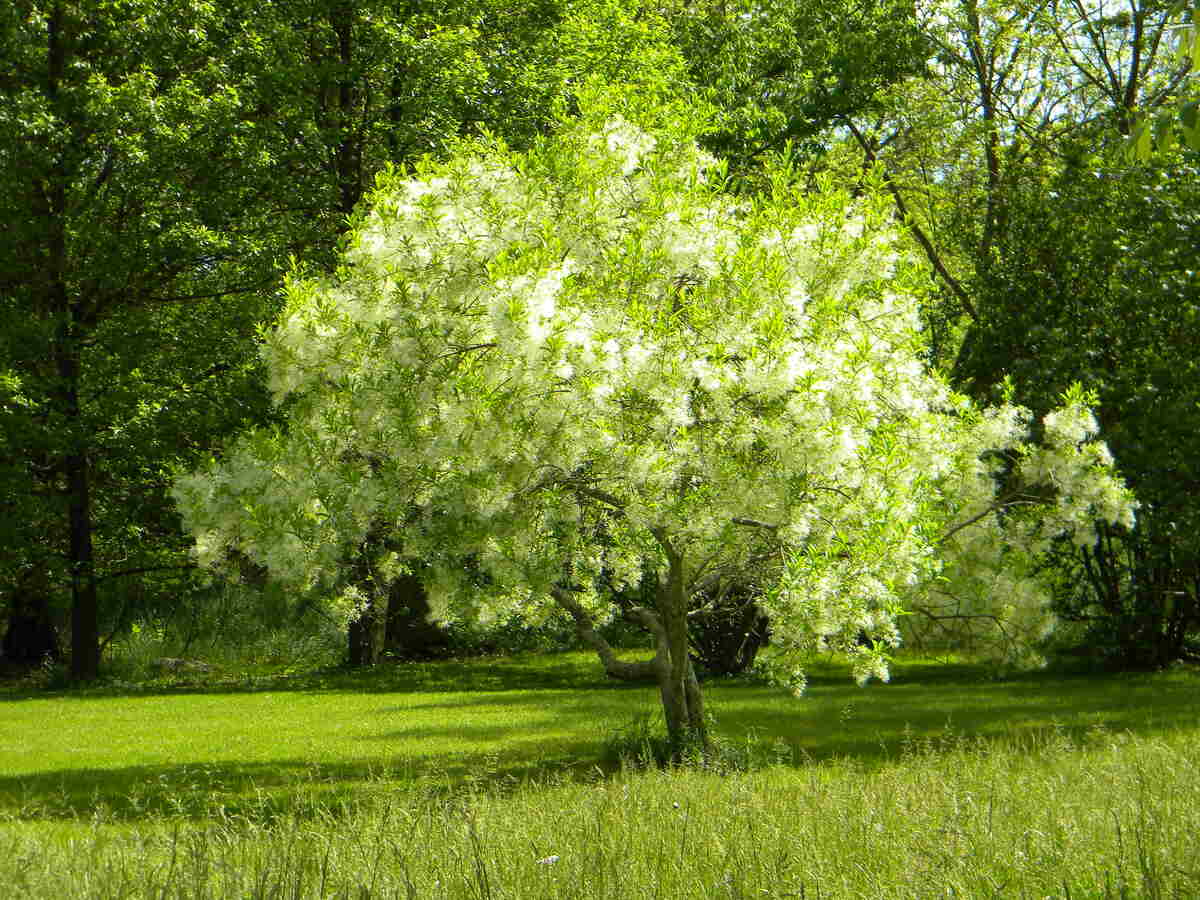

![10 Best Electric Weed Eaters of 2025 [Reviews] weed trimmer trimming grass with text overlay on it](https://www.lawnstarter.com/blog/wp-content/uploads/2020/12/Best-Electric-Weed-Eaters.jpg)
